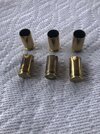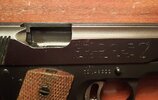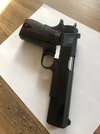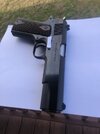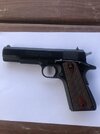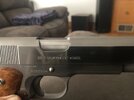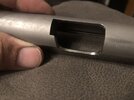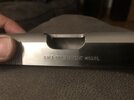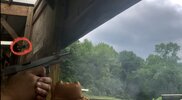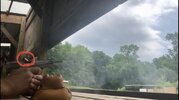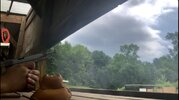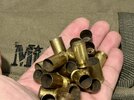red rick
Member
- Joined
- Aug 11, 2009
- Messages
- 3,157
What do you think is causing these dents in the mouth of my brass ? Does the extractor need tuning , or is it my reloads ? This is a pistol that I bought about 10 years ago and this is the first time shooting it with my reloads . It’s not denting all of the case . It is denting about 1/3 of them . Some of the cases are also ejecting to the left side . I worked up loads using Bullseye and Xtreme 200gr. FN bullets , COL 1.19 , from 4.8gr. to 5.4gr. . The accuracy wasn’t the best either . My best group was 3 1/2” at 20 yards using 5.3gr. . The pistol didn’t have any malfunctions , other than a few cases going to the left and the dented brass at the mouth . I can see that it looks like the slide is maybe closing to soon and scratching the mouth of the case where the dent is
